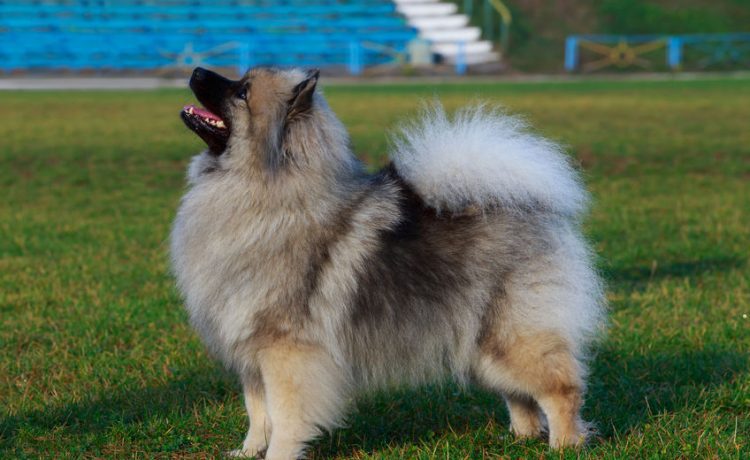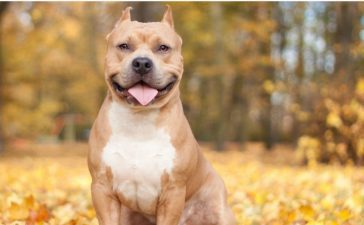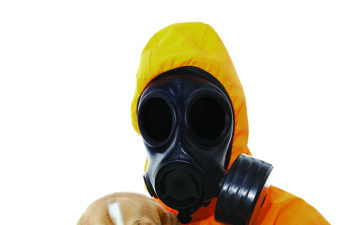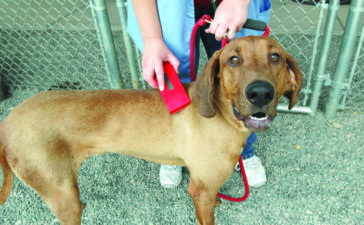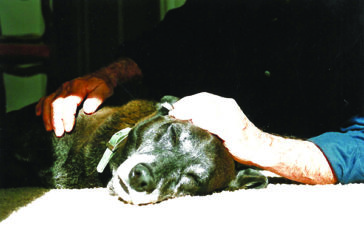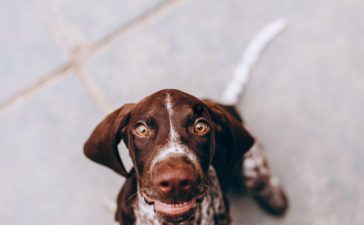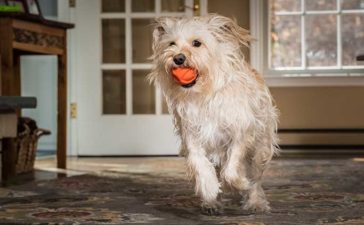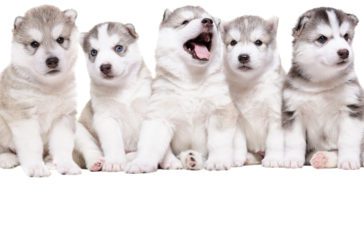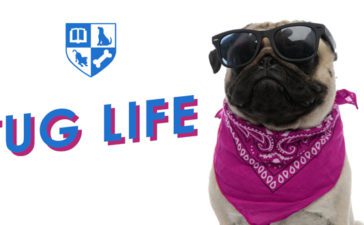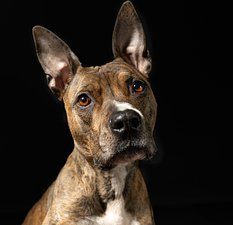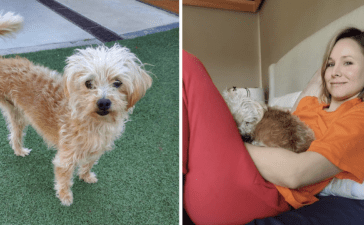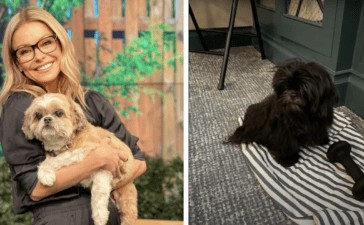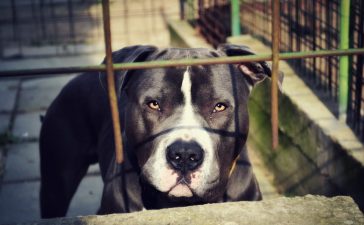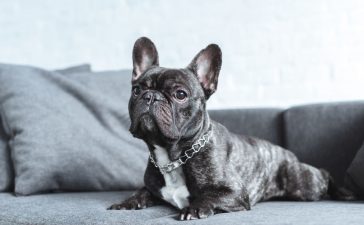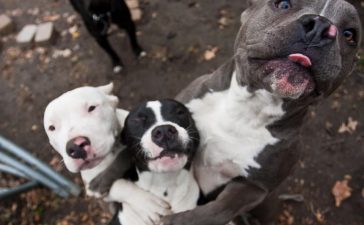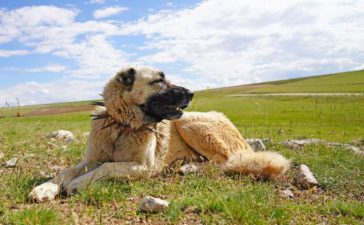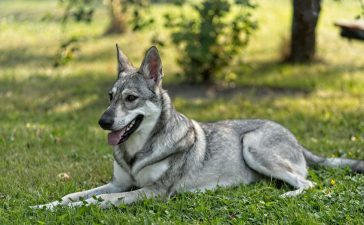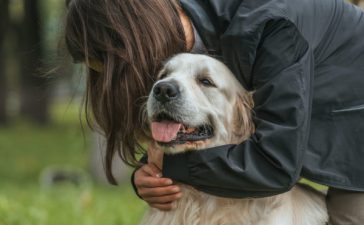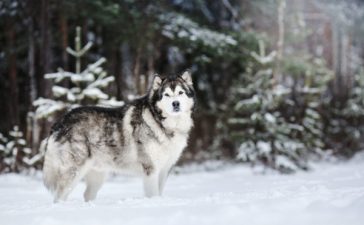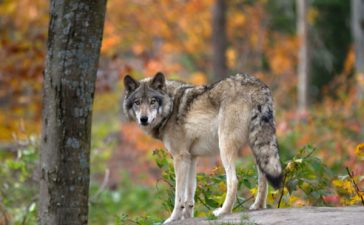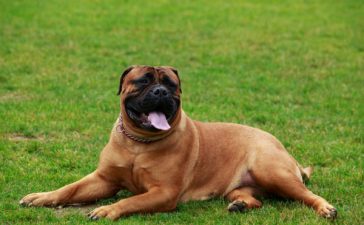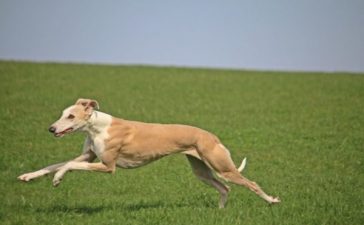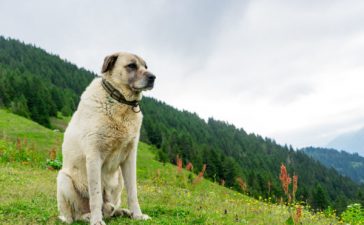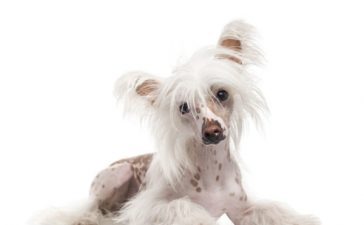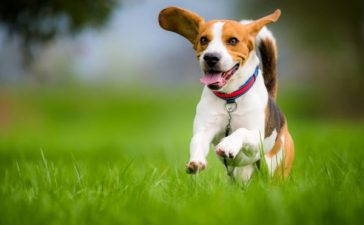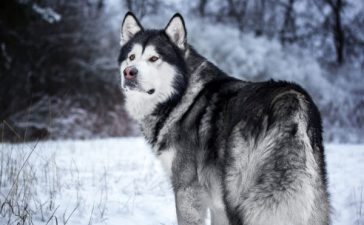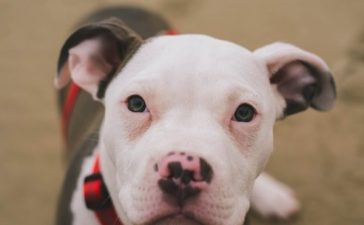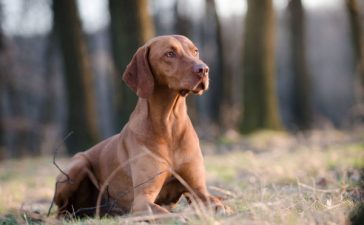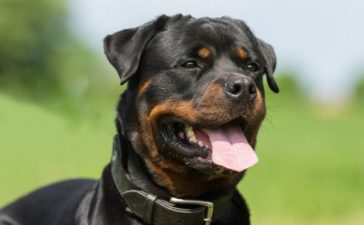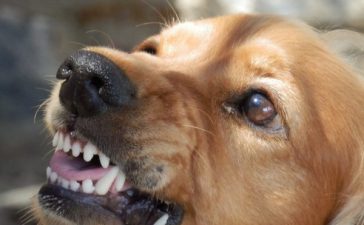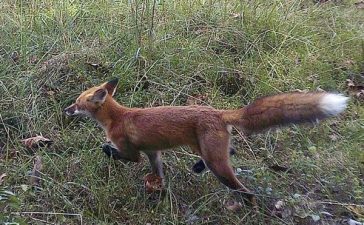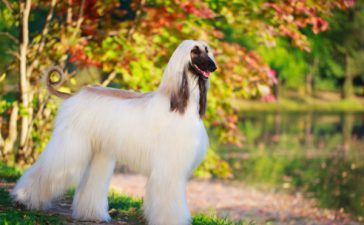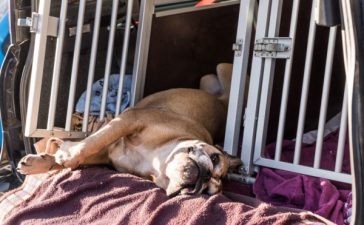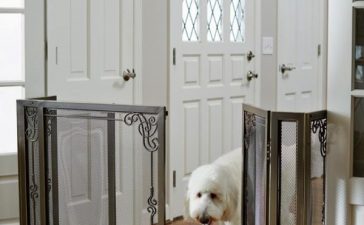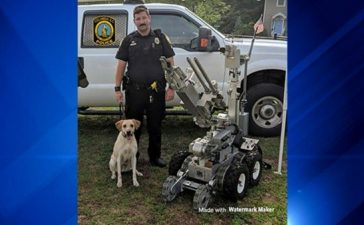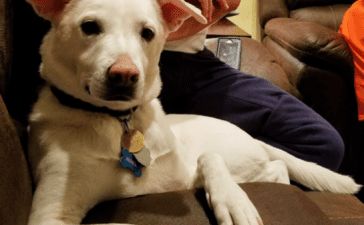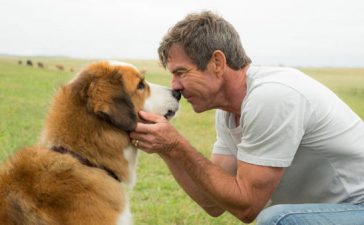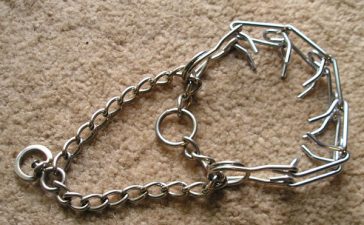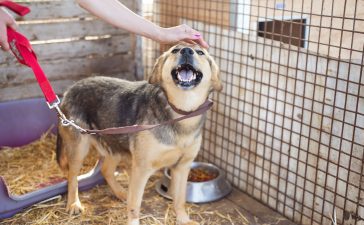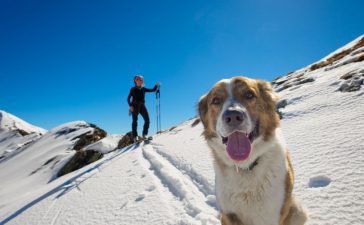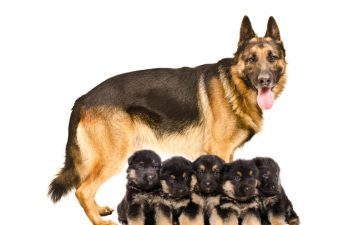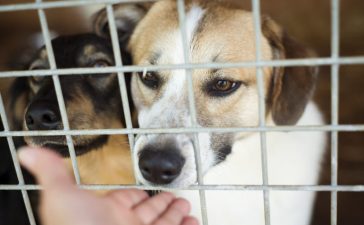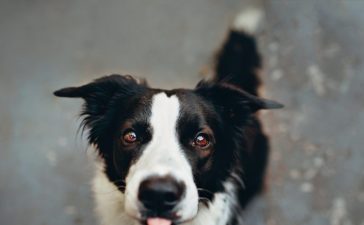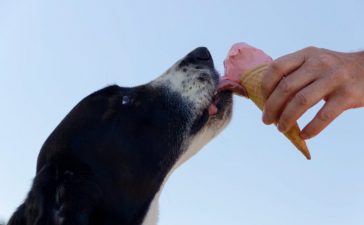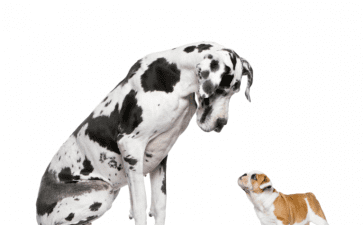The terms are often used interchangeably, but the truth is that a guard dog and a watchdog have very different jobs. A watchdog can also be referred to as an alarm dog. Their job is to let you know if there’s an intruder in the midst, most often by barking loudly and incessantly. A guard dog, however, is expected to do more. While they do alert for intruders, they’re also expected to engage with the intruder if necessary. And this most often means biting, to fight off the threat.
Unlike police or military dogs, for instance, a watchdog or guard dog generally doesn’t need any special training. Some breeds are just particularly suited for it. Often, it’s about training them not to guard, and when it’s appropriate to do so. Another type of guard dog is a Personal Protection Dog, who will go with you when you leave home, rather than stay and watch over an empty house. These dogs do require a lot of training to make sure they read any given situation correctly, and not rush into handling a perceived threat to their human.
Dogs bred for protection
There are several breeds that are meant to serve some kind of protective purpose, and oftentimes, these dogs are big and strong. Sometimes they’re meant to be capable of great damage, and sometimes just for intimidation. That doesn’t mean that any big, strong dog is well-suited for this kind of job, though. Many dogs are mistaken for dangerous simply based on appearance, when they would actually be pretty terrible as watchdogs or guard dogs. A good example is pit bull breeds, who tend to be very friendly, even toward strangers. Other ill-suited but intimidating breeds are the Irish Wolfhound and the Bloodhound. Based on behavior and temperament alone, a Chihuahua would do the job relatively well, since their attitude does not match their size. And a watchdog doesn’t have to be big, after all. Though, it definitely helps.
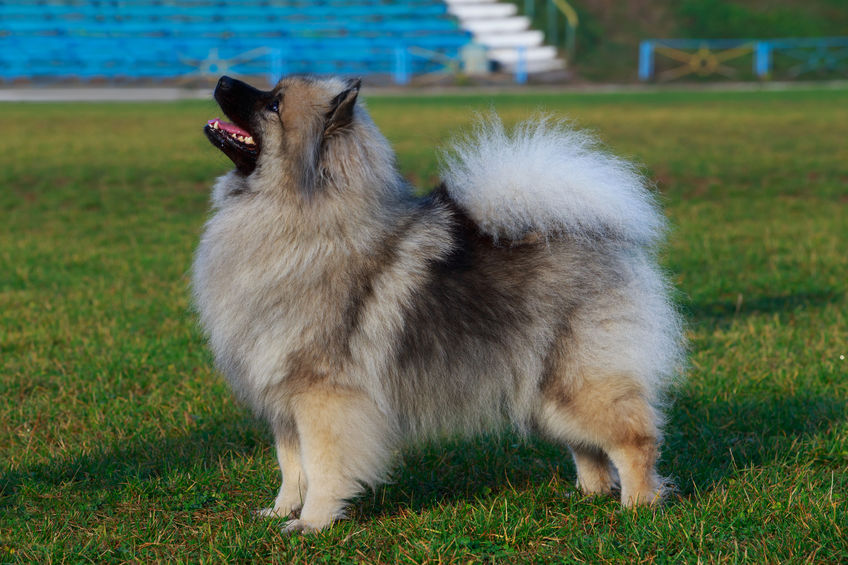
The watchdog
The most important traits for a watchdog are vigilance, and a dash of territorial suspicion. They don’t need to be big or brave or threatening, their job is just to sound the alarm. Breeds that are well-suited tend to bark a lot, a great sense of smell, though, which is great for a watchdog. They’ll make sure everyone knows that something isn’t right, until backup arrives.
Smaller terrier breeds are feisty, to say the least, and can make for excellent watchdogs. Their bark also has a higher pitch, which makes it difficult to ignore. Schnauzers, Spitz-breeds, herding dogs ― they’ll all make it very clearly known when a stranger is on their property. Any threat to their family is to be swiftly scared off. Though, while size and appearance doesn’t really matter for a watchdog, it helps if they look big and a little scary. That alone is often enough to deter anyone who might have ideas of trespassing, or threatening.
The guard dog
Most guard dogs make great watchdogs, but not all watchdogs make good guard dogs. A guard dog requires the same qualities as a watchdog; vigilance, a suspicious streak, loyalty to their family and home. Some well-known breeds well-suited for this job as the Rottweiler, the Doberman, and the highly versatile German Shepherd. They’re all deeply loyal, intelligent breeds, who take the protection of their family very seriously. So much so that they’ll physically engage with a threat, if necessary.
The first line of defense is warning, however. Barking, an aggressive display, making it clear that they mean business. A good guard dog won’t bite or engage unless the person keeps pushing, despite the warnings clearly thrown their way. Often, a guard dog will either be a smaller, sleek, muscly dog, or a large, thick-coated one. Herding dogs will have a certain defensive streak, or dogs originally bred to guard livestock. The Doberman has always worked with police and military, which is another side of their protective, vigilant streak.
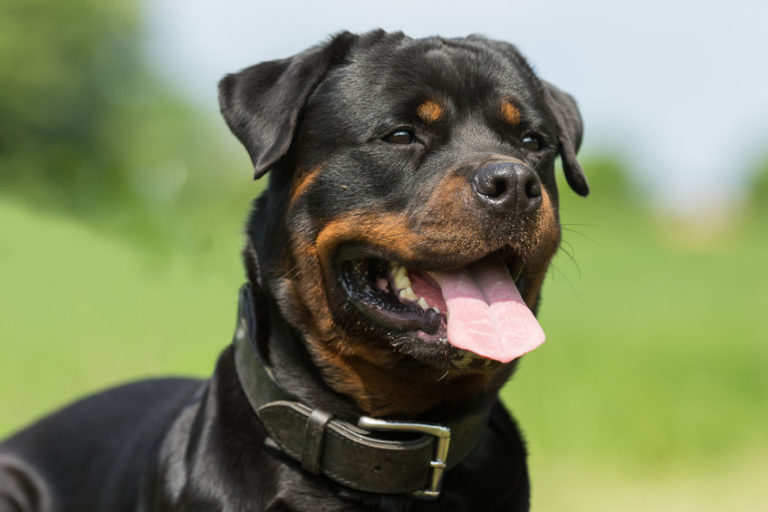

Teamwork
It does happen that a smaller watchdog breed is paired up with a stronger, larger guard dog. Some just seem predisposed to work well together. The Miniature Schnauzer and the German Shepherd have this kind of predisposition. The Schnauzer will bark when a threat approaches livestock, and the Shepherd will then take action, dealing with the threat either through intimidation or violence. In Tibet, the small Lhasa Apso or Tibetan Spaniel would bark to alert its much larger, stronger friend, the Tibetan Mastiff.
Watchdogs, guard dogs ― it’s another example of just how well humans and dogs can work together. Any dog, but especially certain breeds, will be fiercely loyal to its family. Whether it’s barking at the mailman, or defending their home against intruders, a dog can provide a stronger sense of security and safety.

